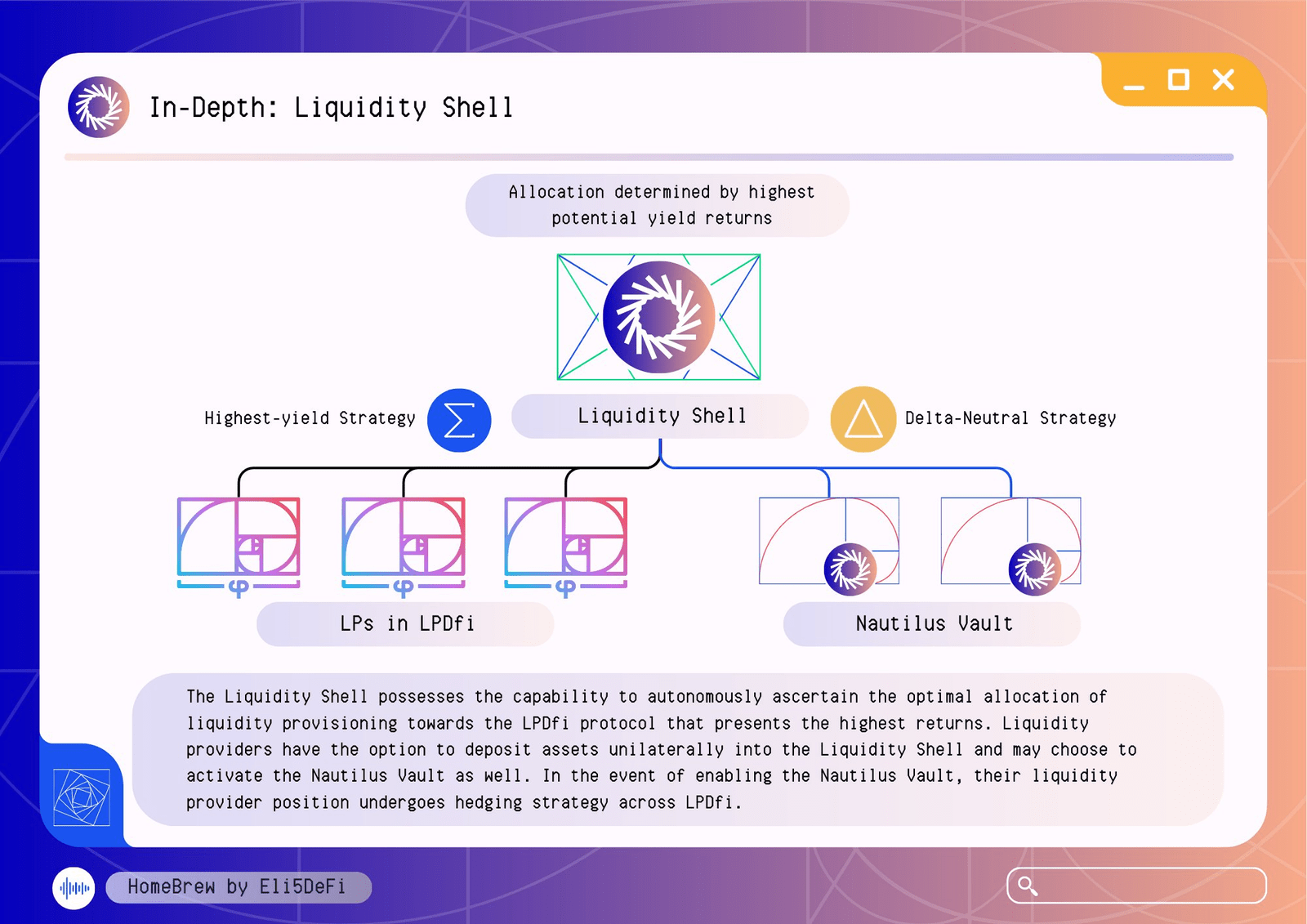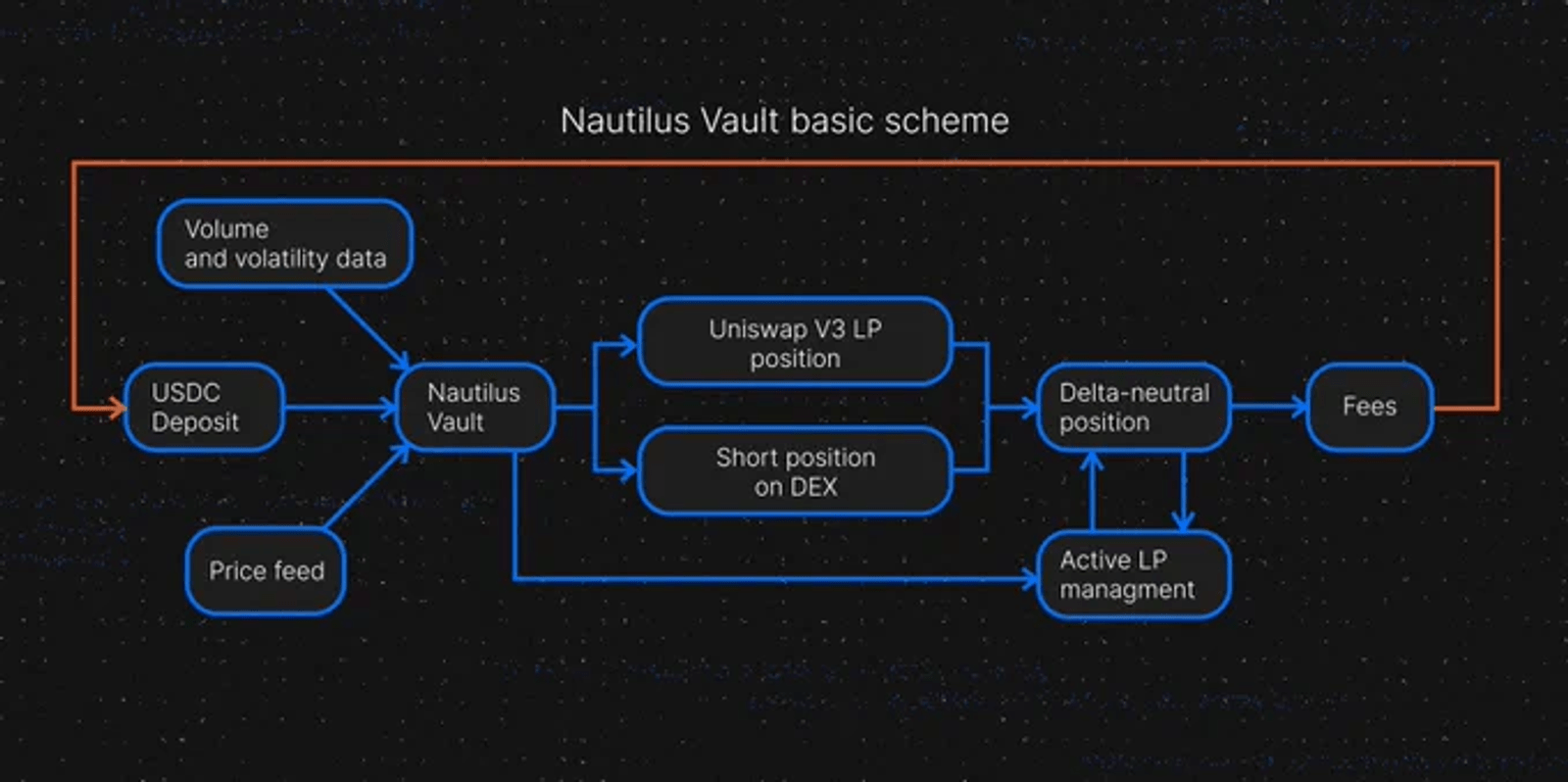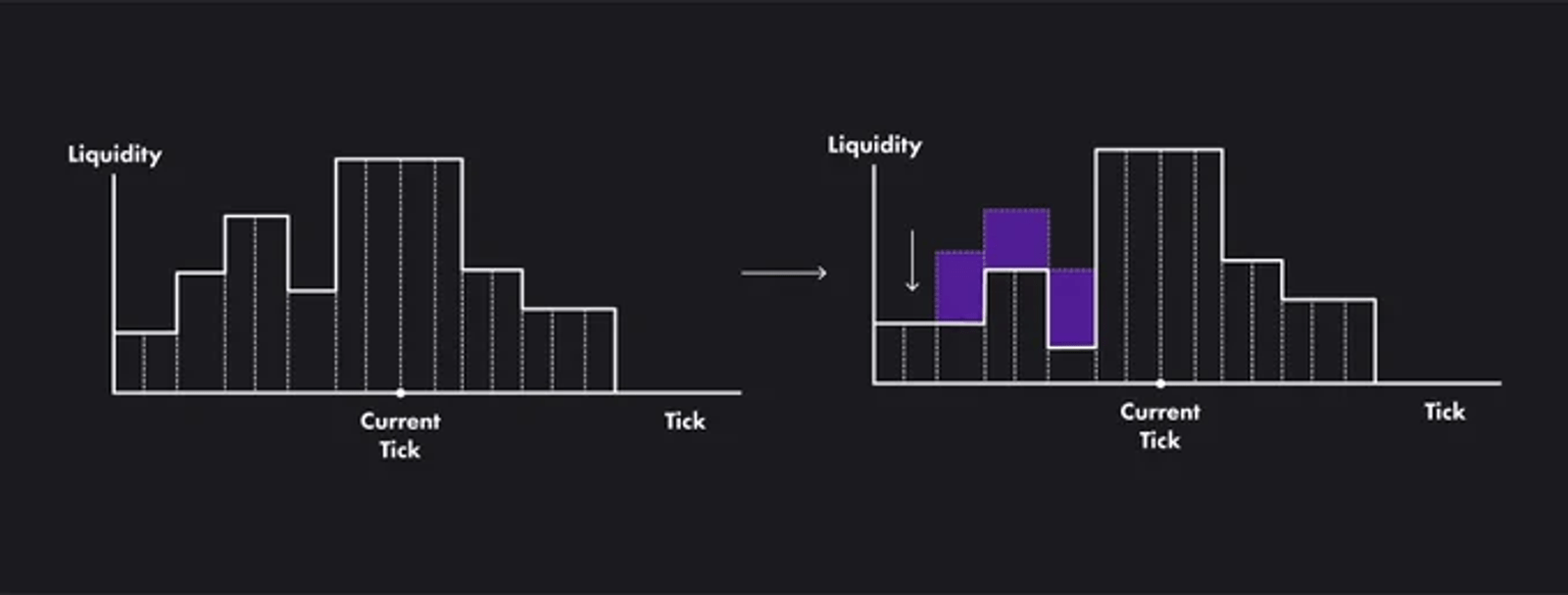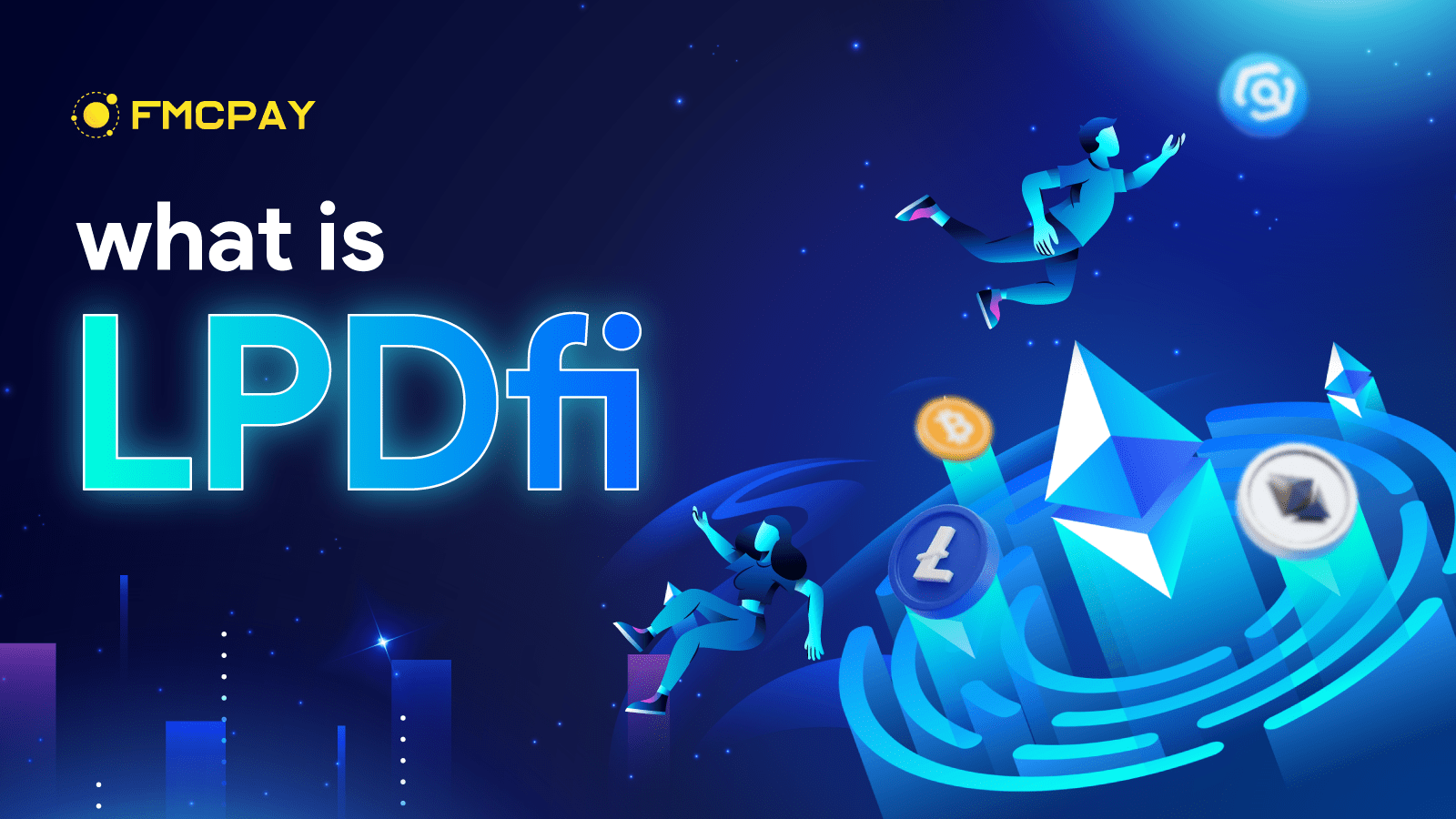LPDfi was once a trend in the crypto market. So, what advantages will LDPfi have over LSDfi to be considered a trend in the future?
Why is it LPDfi?
LSD Fi rose thanks to the Ethereum upgrade earlier in the year, sweeping the entire DEFI sector and causing the LSD( Liquid Stake Derivatives) war, which indirectly dragged the market to a strong recovery. LSDfi allows users to convert staked ETH into tradable assets, thus increasing liquidity. Moreover, LSD lowers the input threshold, unlimited amount of ETH staking and get back LST after staking. LST (Liquid Staking Token) can be used as a normal token and continue to participate in the DeFi chain to bring more benefits to investors. Then the DeFi protocols surrounding LST appeared forming the LSDfi war with niches. Liquid Providing Derivatives (LPDfi) is an innovative evolution from LSDfi. LSDfi is a Potential new narrative in the Defi Space in which LP tokens act as yield-generating assets. This enables the creation of diverse products such as stablecoins, lending/borrowing platforms, options, and DEX perps built on top of LP token issuance Products such as Uniswap V3. 
What is LPDfi?
Liquidity Providing Derivatives (LPDfi for short) is changing the current DEX landscape by tapping into Uniswap V3’s LP position. This step of reusing the LP sites leads to the formation of structured products. As a result, liquidity providers (LPs) are in a more favorable position and offer the opportunity to earn more fees. We all know that the current impermanent loss (IL) techniques do not bring out their full potential on most DEXs, mainly focusing on Uniswap V3 and Curve because TVL is calculated on only 2 exchanges. This formula has accounted for $3.4 and $2.6 billion, respectively, which is half of the total market capitalization of DEX combined. However, Logarithm Finance is the first LPDfi protocol to introduce a solution to this problem, ensuring maximum APR extraction from the LP. Logarithmic finance provides strategies for using CLMMs that allow anyone to farm LP without restriction even in a narrow LP range. Furthermore, Logarithm Finance has innovated a technique of hedging from the downside risk of assets. They do this by selling (short) them against another pair of on-chain derivatives.
We all know that the current impermanent loss (IL) techniques do not bring out their full potential on most DEXs, mainly focusing on Uniswap V3 and Curve because TVL is calculated on only 2 exchanges. This formula has accounted for $3.4 and $2.6 billion, respectively, which is half of the total market capitalization of DEX combined. However, Logarithm Finance is the first LPDfi protocol to introduce a solution to this problem, ensuring maximum APR extraction from the LP. Logarithmic finance provides strategies for using CLMMs that allow anyone to farm LP without restriction even in a narrow LP range. Furthermore, Logarithm Finance has innovated a technique of hedging from the downside risk of assets. They do this by selling (short) them against another pair of on-chain derivatives. One of Logarithm’s standout products is the Liquidity Shell. Liquidity Shell helps Logarithm users increase their income by routing LP Tokens to the most liquid places in the market and is also the key product that drives the emerging LPDfi story. Simply put, Liquidity Shell can be thought of as a profit aggregator or liquidity router, designed to serve Logarithm users as profitably as possible. Distributing assets across diverse LPDfi platforms such as Panoptic, Smilee, and others, benefits protocol users while promoting other LPDfi protocols.
One of Logarithm’s standout products is the Liquidity Shell. Liquidity Shell helps Logarithm users increase their income by routing LP Tokens to the most liquid places in the market and is also the key product that drives the emerging LPDfi story. Simply put, Liquidity Shell can be thought of as a profit aggregator or liquidity router, designed to serve Logarithm users as profitably as possible. Distributing assets across diverse LPDfi platforms such as Panoptic, Smilee, and others, benefits protocol users while promoting other LPDfi protocols. Users are given the option of sending single-sided liquidity and can consider the Nautilus Vault strategy. Choosing the Nautilus Vault means that their LP position is balanced through GMX perps (short selling positions with on-chain leverage, the perps array is also the area that will benefit the most from this narrative according to personal projections).
Users are given the option of sending single-sided liquidity and can consider the Nautilus Vault strategy. Choosing the Nautilus Vault means that their LP position is balanced through GMX perps (short selling positions with on-chain leverage, the perps array is also the area that will benefit the most from this narrative according to personal projections).
The potential of LPDFi
With LPDfi’s solution, both risk and return issues are improved, so the prospect of DEXs evolving through the LDPfi application is huge. Currently on DEXs, deciding where to provide liquidity or determining the best liquidity pair or range causes confusion and trouble. This limitation makes many investors afraid to provide liquidity, creating an invisible barrier. However, LPDfi, and especially through tools like Liquidity Shell, is changing this. It optimizes the decision-making process by automatically identifying the best strategies across different protocols. Capital efficiency is also a hallmark of LPDfi, especially under the influence of platforms like Logarithm. One of the persistent challenges in the DeFi space is imminent loss (IL), especially for CLMMs like UniV3. IL has the potential to eat away at liquidity provider (LPer) profits, creating an imbalance against the resulting transaction fees. Simply put, Impermanent Loss is a type of loss that occurs when the price of an asset provided by LPer changes compared to the time it was added to the pool. Unlike AMMs (Automated Market Makers), these LPers get something in return for taking the risk. Meaning that even if they undergo IL, they are still partially compensated for the loss. This is made possible by solutions such as Logarithm’s Nautilus Vaults or Limitness’s No-Liquidation mechanism, providing a layer of protection against significant IL risks. This layer of protection not only makes the liquidity offering more attractive but also promises to raise the total LP in CLMMs.
Capital efficiency is also a hallmark of LPDfi, especially under the influence of platforms like Logarithm. One of the persistent challenges in the DeFi space is imminent loss (IL), especially for CLMMs like UniV3. IL has the potential to eat away at liquidity provider (LPer) profits, creating an imbalance against the resulting transaction fees. Simply put, Impermanent Loss is a type of loss that occurs when the price of an asset provided by LPer changes compared to the time it was added to the pool. Unlike AMMs (Automated Market Makers), these LPers get something in return for taking the risk. Meaning that even if they undergo IL, they are still partially compensated for the loss. This is made possible by solutions such as Logarithm’s Nautilus Vaults or Limitness’s No-Liquidation mechanism, providing a layer of protection against significant IL risks. This layer of protection not only makes the liquidity offering more attractive but also promises to raise the total LP in CLMMs. For those of you who do not understand deeply about CLMM. CLMM stands for Concentrated Liquidity Market Maker, a concept introduced by Uniswap V3. Take for example a traditional farmer in the fruit market. You are a fruit seller (corresponding to a liquidity provider in DeFi), and you have all the fruits for sale (corresponding to a token pair in the DeFi space like ETH/BTC for example).In Uniswap V2 and other AMMs (Automated Market Makers), the mechanism is like setting up a stall and selling all your fruit (tokens) at the same price, regardless of the season. Apple season, watermelon season… it doesn’t matter, you both sell for the same price. Uniswap V3 introduces the concept of CLMM, changing the mechanics to you choosing to sell apples during apple season and selling watermelons during watermelon season, essentially focusing on selling a particular fruit when it’s in season. high demand and hence pricing accordingly to achieve maximum profit.Applying this back to Uniswap V3, CLMM allows liquidity providers to choose and prioritize the price at which their liquidity is used as much as possible. In this way, they can optimize the liquidity provision and earn more from their initial capital. So in a nutshell, the CLMM in Uniswap V3 allows liquidity providers to decide where to use their funds most effectively depending on the price of the asset. This can significantly improve capital efficiency.Back to LPDfi, this emerging niche will be a powerful weapon for emerging protocols. New protocols supporting CLMMs such as UniV3 will seek to integrate with the Liquidity Shell to be able to enjoy the new features. This is a win-win situation for both sides.However, given the nature of LPDfi being a new concept coupled with complex market-making mechanisms and profitability strategies, it can be a daunting task for many. Like many DeFi protocols, LPDfi is also built on smart contracts. If there are technical vulnerabilities that are exploited, they can cause huge losses. Furthermore, the success of LPDfi products depends on the stability of the underlying liquidity pools, so if there is an unusual sudden fluctuation, the consequences are not clear. It will probably take a long time for LSDfi to battle-test the market!
For those of you who do not understand deeply about CLMM. CLMM stands for Concentrated Liquidity Market Maker, a concept introduced by Uniswap V3. Take for example a traditional farmer in the fruit market. You are a fruit seller (corresponding to a liquidity provider in DeFi), and you have all the fruits for sale (corresponding to a token pair in the DeFi space like ETH/BTC for example).In Uniswap V2 and other AMMs (Automated Market Makers), the mechanism is like setting up a stall and selling all your fruit (tokens) at the same price, regardless of the season. Apple season, watermelon season… it doesn’t matter, you both sell for the same price. Uniswap V3 introduces the concept of CLMM, changing the mechanics to you choosing to sell apples during apple season and selling watermelons during watermelon season, essentially focusing on selling a particular fruit when it’s in season. high demand and hence pricing accordingly to achieve maximum profit.Applying this back to Uniswap V3, CLMM allows liquidity providers to choose and prioritize the price at which their liquidity is used as much as possible. In this way, they can optimize the liquidity provision and earn more from their initial capital. So in a nutshell, the CLMM in Uniswap V3 allows liquidity providers to decide where to use their funds most effectively depending on the price of the asset. This can significantly improve capital efficiency.Back to LPDfi, this emerging niche will be a powerful weapon for emerging protocols. New protocols supporting CLMMs such as UniV3 will seek to integrate with the Liquidity Shell to be able to enjoy the new features. This is a win-win situation for both sides.However, given the nature of LPDfi being a new concept coupled with complex market-making mechanisms and profitability strategies, it can be a daunting task for many. Like many DeFi protocols, LPDfi is also built on smart contracts. If there are technical vulnerabilities that are exploited, they can cause huge losses. Furthermore, the success of LPDfi products depends on the stability of the underlying liquidity pools, so if there is an unusual sudden fluctuation, the consequences are not clear. It will probably take a long time for LSDfi to battle-test the market!
Some Potential Projects
1) LP Management: Logarithm helps to hedge temporary losses on LP pairs by shorting them using leveraged on-chain trading.
2) Perps: Non-liquidated & unlimited leverage logic developed from the essence of LPs and options contracts. Traders can borrow more than they put in (leverage) in the liquidity pool without worrying about the possibility that their borrowed assets will automatically be sold off (liquidated). They pay liquidity providers for this benefit. In addition, this system allows for more borrowing (greater leverage) when the price of the borrowed asset closely matches the price range specified in the liquidity pool (CLMM).
3) Volatility Dex: allows long/short “volatility” of LP token:Borrow LP token = long Get $ from LP transient loss = shortBet $ on whether the market will go up or down = straddle (variable) bidirectional motion)
4) Option: Trading options + perp regardless of the oracle, increasing capital efficiency!
How will LPDfi be?
DeFi is constantly evolving and innovating and LPDfi is one of the innovative solutions needed. Its ability to optimize user experience, enhance capital efficiency, and promote emerging protocols is indisputable. Although they also face challenges, like those who have experienced the LSDfi trend, they find that challenges often open the door for the next innovation. Timing for the LPDfi narrative is not too long-term, likely to happen around October, before or after the Dencun upgrade (Deneb+Cancun combined) of the Ethereum network. Currently, closed groups, OGs, and KOLs are actively mentioning the keyword LDPfi, similar to the time LSDfi before it blossomed earlier this year. At a time when the market is bad and there is a serious lack of stories, LDPfi has great potential to become “LSD 2.0”. As the DeFi community adapts to LDPfi, our profit maximization opportunity disappears, so the position now (to DYOR) is gorgeous!

